The new car will be built on Ford’s super-flexible C2 platform, which underpins the new Focus and, in time, should be able to stretch from accommodating the next Fiesta to the future seven-seat Edge SUV. The front section of the architecture will also be used by Ford’s future Transit and Tourneo family.
The model will be offered with petrol and diesel engines plus a 48V mild-hybrid petrol option. The base engine is expected to be Ford’s 1.5-litre three-cylinder turbo petrol unit, which will have a belt-driven electric motor and small battery in mild-hybrid form.
Insiders says that new Euro 6d-compliant diesel engines are, in pollution terms, as clean as petrol engines in real-world use. It is understood that these new oil-burners are still more economical than even mild-hybrid petrol engines, as well as being less expensive.
Ford’s move to medium-height crossovers in Europe is also partly a recognition that meeting future EU fuel economy regulations would have been very difficult with a line-up of conventional SUVs.
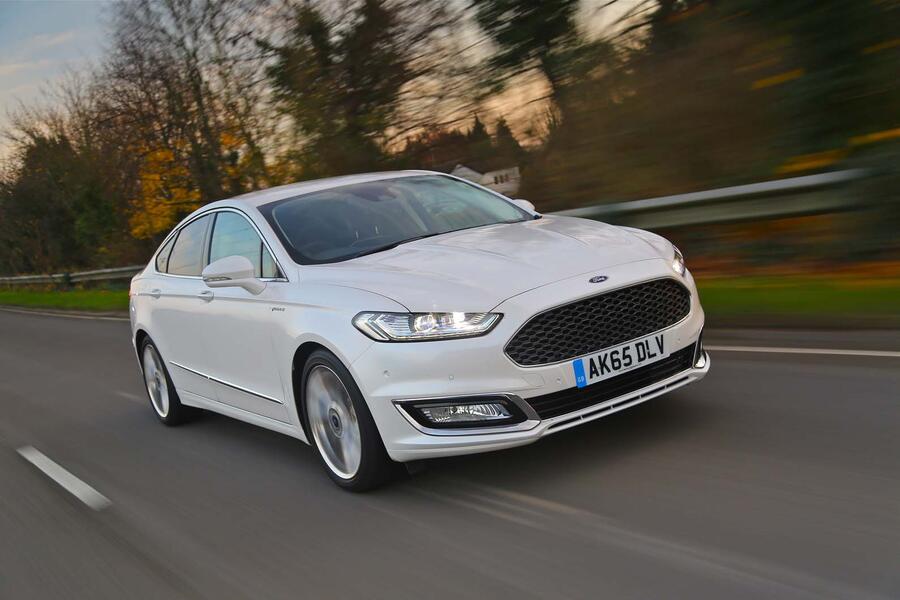
For a similar reason, it’s not yet known whether the car will be offered with fuel-sapping all-wheel drive in Europe. Instead, some kind of electronic traction control system for navigating loose surfaces is possible.
Ford will be hoping that the model will appeal to today’s mainstream market of ‘adventurous families’ who will be attracted by running costs lower than those of an SUV, allied to what’s said to be a particularly capacious load bay and a comfortable raised driving position.
Although the car will replace three very different vehicles, it is likely to outsell the Mondeo, S-Max and Galaxy combined. Last year Ford Europe sold around 50,000 Mondeos, 24,000 S-Max models and 12,000 Galaxys – figures which are too low to be profitable enough.
By the time the model is launched, Ford will have discontinued four MPV model lines. The MPV market has been hit hard in recent years, and as a result Ford will end production of the C-Max and Grand C-Max by late summer, as well as the Romanian-built B-Max compact MPV. The Galaxy and S-Max will likely follow next year.
The B-Max will in effect be replaced by the upcoming Puma, and the company will look to steer existing C-Max owners into the new Kuga compact SUV. Mondeo and S-Max buyers will be targeted by the Fusion, and Galaxy users moved towards the smaller Transit Edge seven-seat SUV.
Read more
Top 10 best seven-seat MPVs 2019
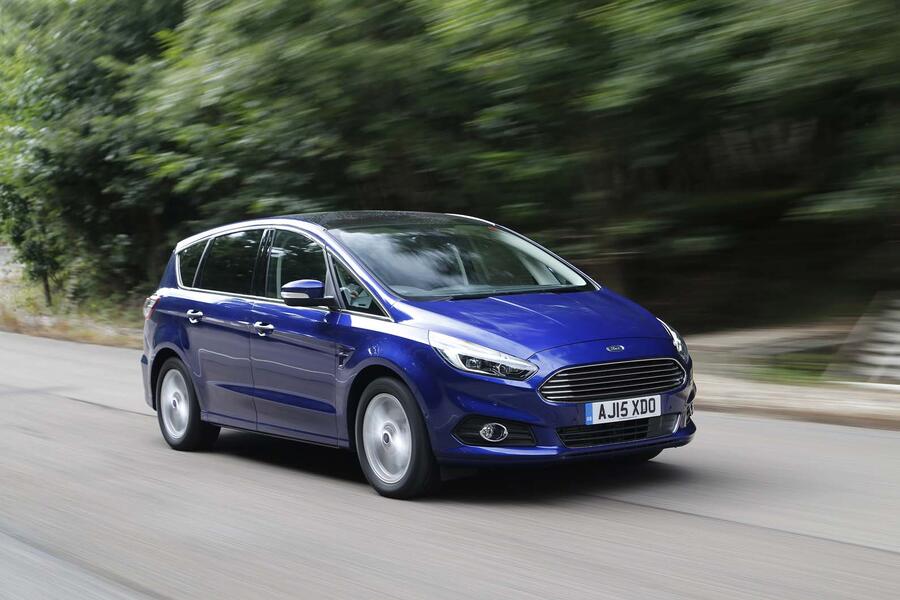

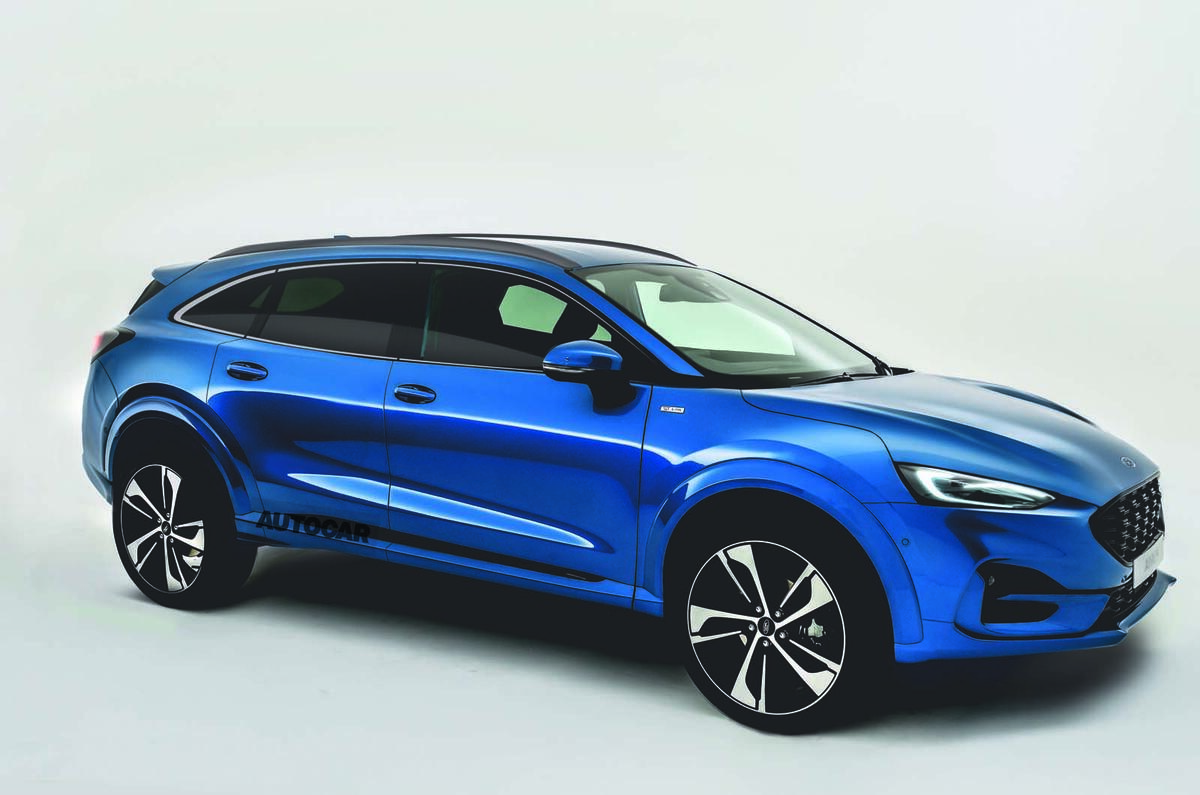
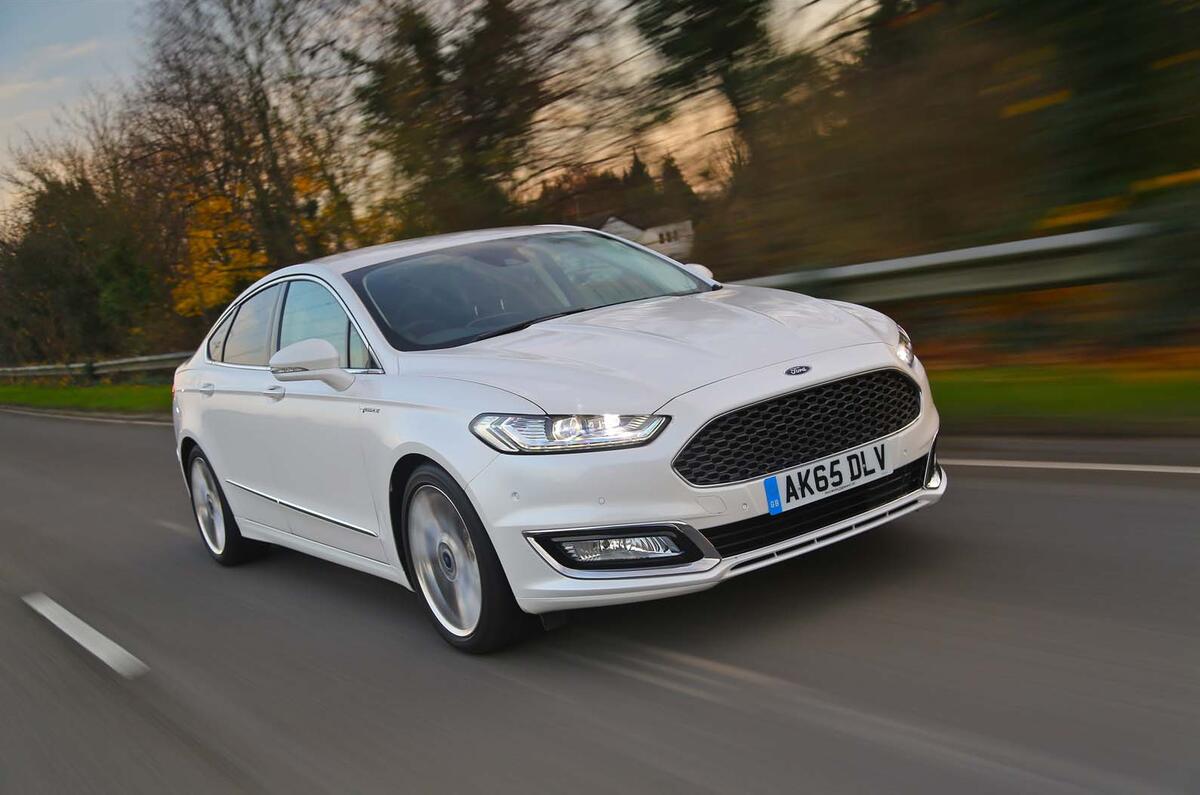
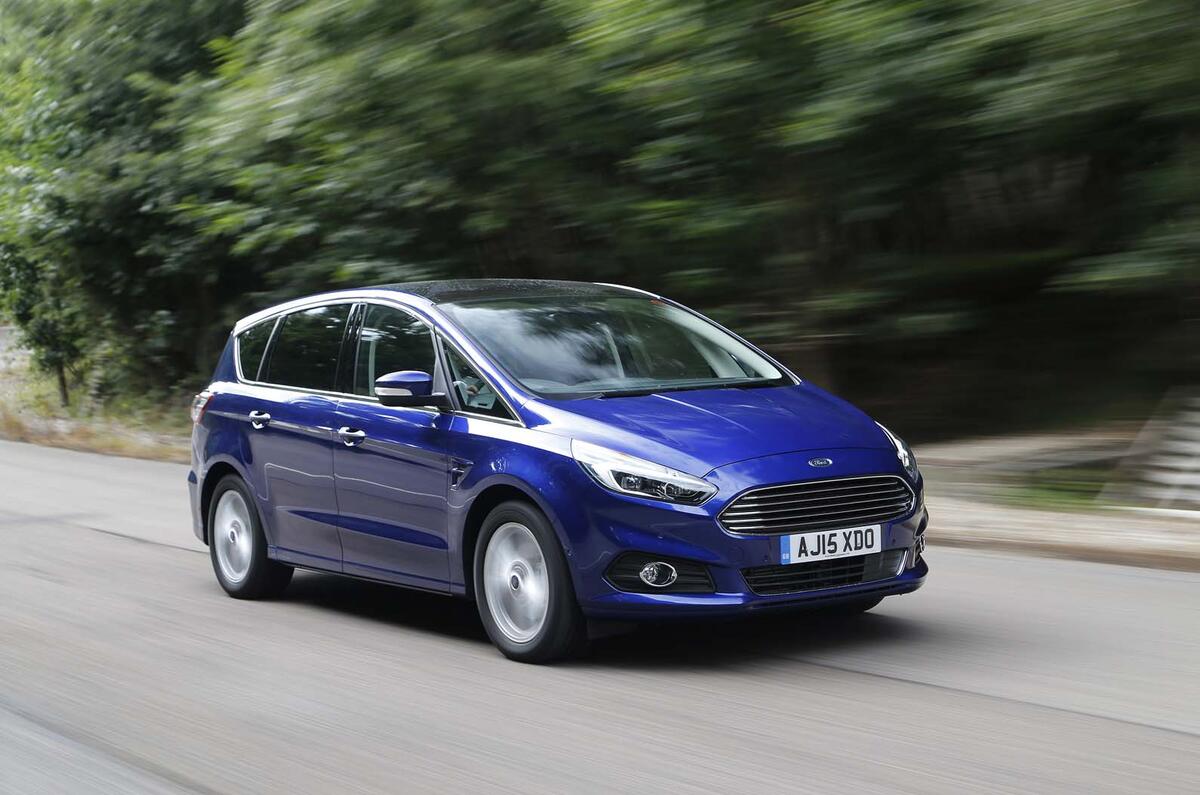
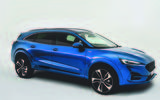

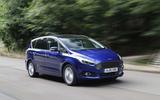


Join the debate
Cersai Lannister
Crossroads
Although there's doubtless going to be the hand-wringing that "Ford is too late/they are fools to stop making saloons", I'm comfortable that they made the decision. Years ago when I did all this nonsense for a living I worked with GM and they had a proposition for Vauxhall/Opel of "flexibility" which I barely grasped as the product barely realized it. But, if Ford can own (a big if) the crossover space that they link to (electrical, connected, whatever) ability then they could carve out a point of differentiation.
SUV is about "utility" and although boring-sounding, it's the market today. Maybe someone (maybe Ford, maybe not) could define "ability" in terms of a crossover? One that has enough ability in terms of looks and 10% less perceptual bulk to have a niche. Subaru is killing it in the US in this space and yet few else do - instead slavishly following the dominant SUV segment. Salon cars as we know it are dead, and we need to move on, I wonder if a personality-rich, technology intriguing "ability" car might be a path Ford could exploit? The Puma looks interesting when one takes off the anti-SUV mindset of the old boys so maybe Ford has a new direction?
Add your comment